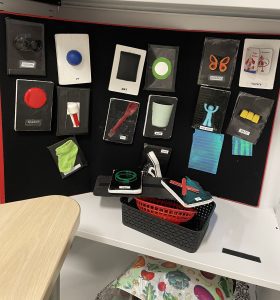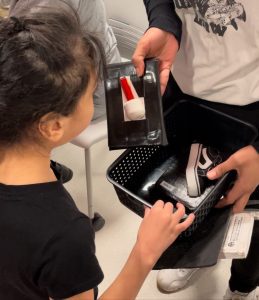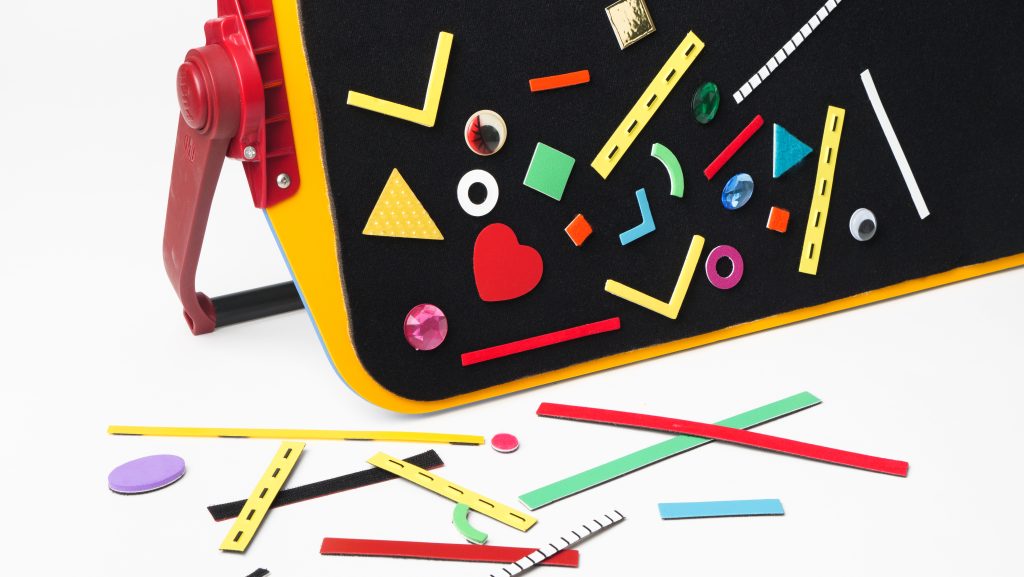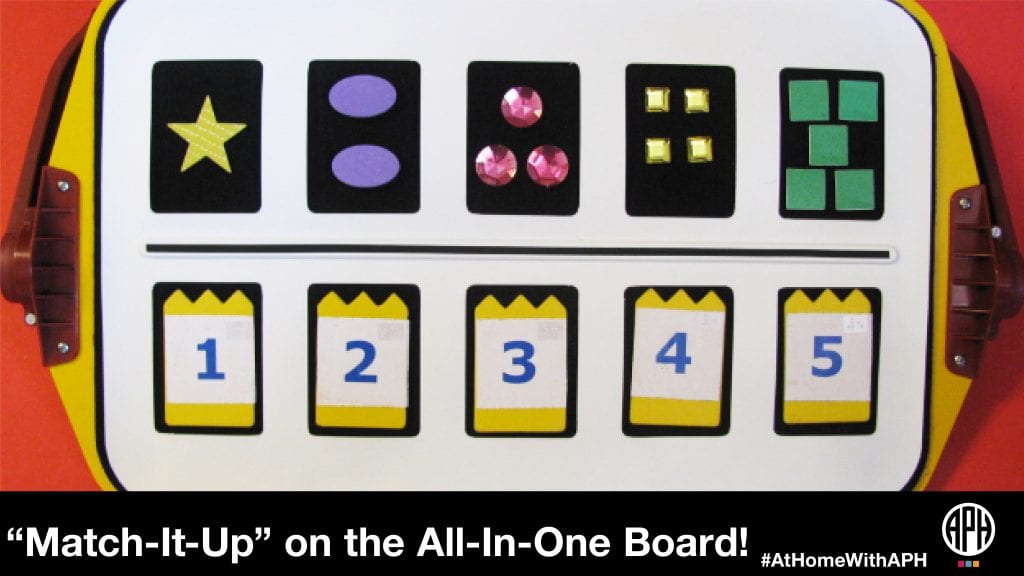Connecting and Communicating Through STACS

Every morning “Z” greets Taylor Lewis with a smile and a wave as she enters her classroom at the International Academy of Hope (iHope), a school in Manhattan for students with brain injuries and multiple disabilities. “Z” is a bundle of energy and is always ready to learn,” says Taylor. Blind or low vision, “Z” communicates using a combination of STACS tangible symbols and her high-tech speech generating device. Her classroom has a “communication station” where the tangibles symbols are hung on the wall for easy access to students. “Z” can go to a wall where the three-dimensional cards are attached and point to what she wants to share, or she can pull STACS cards from a table located where she sits and does her work. “The STACS cards are great for Z,” says Taylor. “We can communicate in a way that works for her. I can explain the routine of the day to Z by sharing tangible symbols on the cards. I now know when Z needs to take a bathroom break or can learn about her preferences by way of the cards.”

The best thing about the tactile cards at iHope is that there is an identical set in every classroom. “We are committed to making sure that students have access to communication tools that suit individual needs,” says Danielle Pepin, Director of Vision and Hearing Services. Cards are placed on the APH All-In-One Board located in each classroom so students and teachers can communicate in a consistent way throughout the day. “We also have blank cards that can be customized to suit special communication needs,” says Danielle. “The entire school is trained in how to use the cards. Speech therapists, occupational therapists, teachers, and paraprofessionals all use the cards when communicating with the students.”

Taylor also likes to use STACS cards to help students navigate their emotional needs and preferences. “We have cards that symbolize ‘like’ and ‘not.’ We can ask a student if they are feeling sad, happy, or frustrated. Students can point to the cards to help describe what they are feeling inside.” Breakthroughs in communication happen frequently when using the cards. “I have a student who would get very agitated when she was doing her work. I could not understand what was going on, but it was obvious that she was struggling. I had a hunch that perhaps she wanted a break from her task and was getting overwhelmed. We provided a card for her that symbolized “take a break.” After she learned to use the card, we were able to accommodate her needs and her frustration level plummeted.”
Adaptive Design Association (ADA) has been providing STACS cards for the APH catalog for nearly ten years. “This is a great relationship,” said Jennifer Hercman, Executive Director of ADA. “Customers can purchase cards through APH that are standardized, allowing users to share a common language between classrooms and schools. A student could relocate across the country and still use the same mode of communication by way of the STACS cards. The STACS set can also be modified to suit the needs of individual students. ADA serves as a design resource, helping to expand and customize any library of cards.”
“Z” and her school friends use their STACS cards every day. Without a doubt, their favorite cards are “snack” and “take a break!”
Share this article.
Related articles

All About the All-in-One Boards
APH’s All-in-One Boards—large and small—provide two commonplace working surfaces that can accommodate a variety of learning and recreational activities. These...

“Match-It-Up” on the All-In-One Board!
Do you have access to an APH All-In-One Board and Match-It-Up Frames? If so, add them together to accommodate a...
